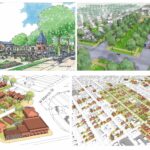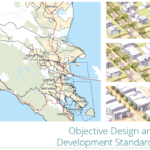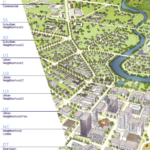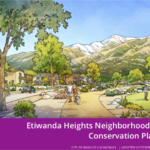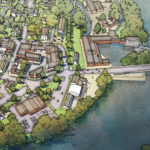Voting with Their Feet: Study Tracks the Growing Popularity of Walkable Urban Metro Areas
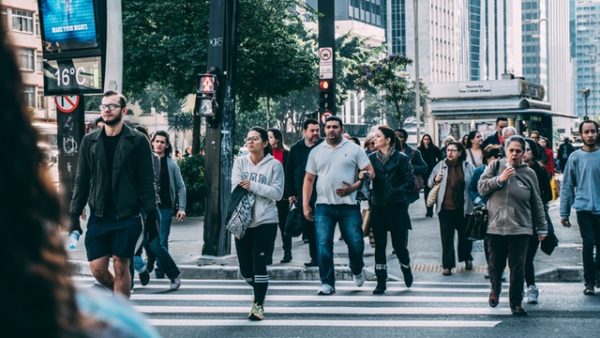
Walkable urban places (WalkUPs) have sprouted up in all 30 of the nation’s largest metropolitan areas and increasingly are sought after, supported and promoted by businesses and the public and for good reason. These metro areas, which host 619 regionally significant WalkUPs, attract a well-educated and wealthy workforce and command higher business and residential rents than do those located in drivable suburbs, yet manage to be socially equitable as well, a new study indicates.
These metro areas are heavily populated, accounting for 46 percent of the national population and 54 percent of the national GDP, wrote Christopher Leinberger and Michael Rodriguez in Foot Traffic Ahead: Ranking Walkable Urbanism in America’s Largest Metros – 2016. The markets for office and multi-family rentals grew in all of these areas from 2010 through 2015, while declining in drivable suburbs. In fact, rental market share growth in 27 of these metro areas doubled during that period, noted the authors, both of whom are affiliated with The Center for Real Estate and Urban Analysis at the George Washington University School of Business in Washington, D.C.
The authors determined which metropolitan areas had the highest levels of walkable urbanism by taking into account the share of office and retail space in each area’s WalkUps through the first quarter of 2014. The six cities they listed as having the highest level of walkable urbanism are Boston, Chicago, New York, San Francisco, Seattle and Washington, D.C.
The rise in walkable urban development, which the authors define as highly populated areas served by mixed use development and a variety of transportation options, is being triggered by the revitalization of central cities and urbanization of suburbs.
Metropolitan Washington, D.C., exhibits both of these trends in almost equal measure. Fifty-three percent of its WalkUPs are in the central city; the remainder are in the surrounding suburbs. The Boston metro area exhibits these trends as well, particularly in Cambridge.
Although concern has been expressed that these walkable urban metro areas, which attract high numbers of upwardly mobile residents and workers, could lead to gentrification, the authors found that many of these areas are accessible to moderate-income households even though housing costs may be high. They attribute this to the low-cost transportation options WalkUPs offer and the relatively high number of employers these densely populated areas attract, which help to offset higher housing costs.
The authors found that moderate-income households in the six most walkable urban metro areas spent an average of 19 percent of their incomes on transportation, whereas those in the seven least walkable metro areas spent an average of 28.6 percent to cover this expense. In terms of employment, moderate income households in walkable urban areas had relatively easy access to more than three times as many jobs as did those located in the least walkable urban areas, due to differences in the number of local employers and transit accessibility to jobs.
According to Leinberger and Rodriguez, the growth in the popularity and spread of WalkUPs will continue but warn that urban areas that have historically embraced low-walkability development may resist this trend. “Dominant infrastructure, zoning and land-use subsidies for many metros will continue to favor drivable sub-urban development in lower-ranked metros,” they predicted.
The authors suggested that various studies should be conducted to examine the factors that may contribute to or discourage the establishment of WalkUps, such as a study of the economic performance of walkable areas that are served by one type of public transit versus another, and the costs of building and maintaining these different transportation systems. The authors also believe that the extent to which business improvement districts — which they call place management organizations — affect WalkUps’ performance should be examined and that knowledge about the size, location and local effects of different types of business development (e.g., office, industrial, sports, education and medical) would be useful as well.
They also called for the establishment of affordable housing programs to provide more opportunities for low-to-moderate income house to reside in WalkUPs.





